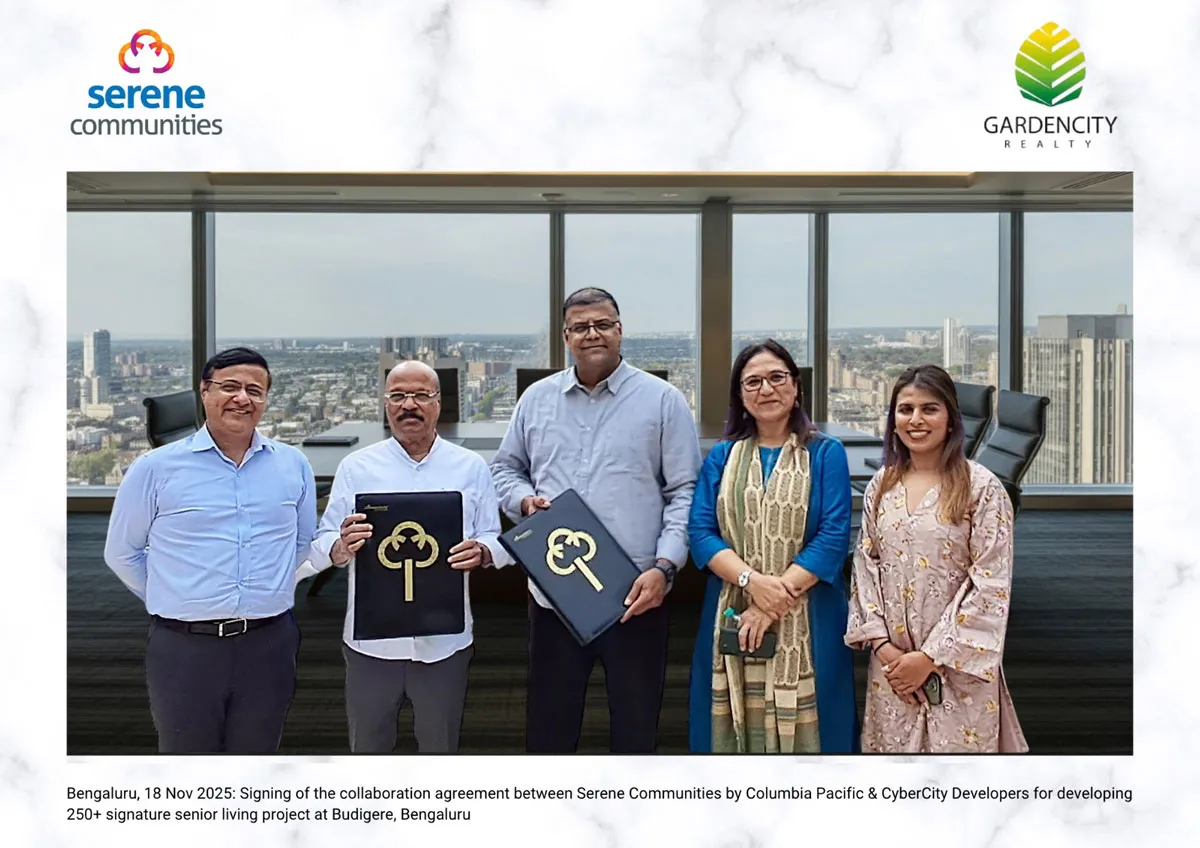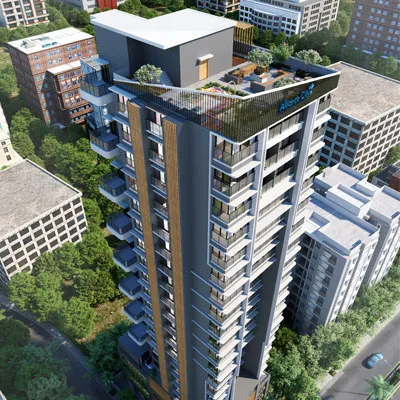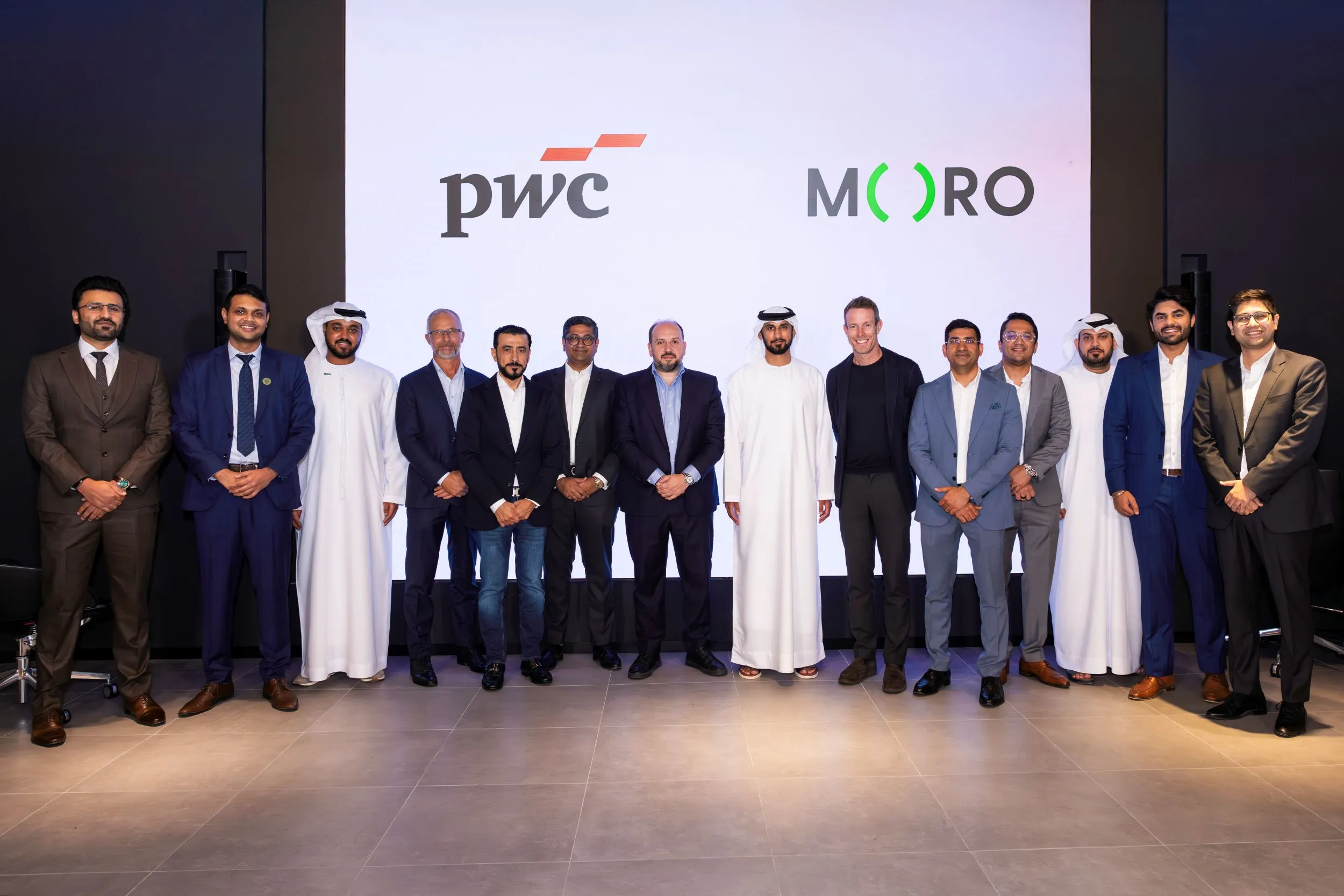With the Corridor-II, the Green Line stretch from JBS Parade Ground to Mahatma Gandhi Bus Station (MGBS), of the Hyderabad Metro Rail project becoming operational, it becomes the second largest operational metro network in the country covering 69.2 kms. The world's largest public-private partnership, the Hyderabad Metro Rail is already playing a key role in the growth and development of the city.
Accelerated urbanisation has driven the need for more efficient public transport systems and cities across the country are opting for metro rail systems that are safe, quick, comfortable, reliable and ‘green’. This project has seen the transformation of Larsen & Toubro from contractors to concessionaire, a pioneering concept adopted for the first time in the world. Like those followed in Hong Kong and other metros, Transit Orientation Development (TOD) plays a significant role in L&T’s Operations &Maintenance (O&M) model that also features Intra Modal Transportation (physical, operational, fare integration) with emphasis on Reliability, Availability, Maintainability and Safety (RAMS) and customer satisfaction.
L&T’s prime focus is onlife cycle costing, development of an efficient and lean organisation for O&M and building capability in a structured manner. Efficient project execution and O&M strategies, employment generation and skill development are significant features of this model, resulting in overall economic development.
However, the continued success of PPP projects would depend on the introduction of system-based approval systems, better risk identification and mitigation, uniform technical specifications across the country and easy coordination between the various agencies involved, both at the central and state government levels.

KVB Reddy, Managing Director & CEO, L&T Hyderabad Metro Rail, shares more on the project with SERAPHINA D’SOUZA.
Almost two years since the project has been launched how do you see it has shaped up - are you happy with passenger’s response?
With the entire 69.2 km becoming operational, the Hyderabad Metro Rail has become the lifeline for public commute in the city. The accuracy, timeliness, safety and comfort of the services have significantly transformed people’s commuting behaviour. The predictability of reaching their destinations in time and escape from the traffic chaos on the roads have increased adoption of the metro services.
Are there any takeaways from the passenger’s experiences so far and has it made you to change certain processes in operating the metro rail services?
We have Engaged, Equipped and Empowered our commuters, through various features to make their experience unique. Our customer service centres at various stations, help centres, call centre, website, social media communication all ensure that we are always responsive to their queries/complaints. The TSavaari App, for example, is extremely user friendly and the QR Code access with different service providers has been a welcome addition. Our endeavour has always been to consistently provide best-in-class passenger services and maintain 100% timeliness.
What have been the key challenges in run up to the launch of the services and from there on?
A. Pre-Construction
- Underground utilities and no readily available drawings. Lot of surprises were in store.
- Involvement of too many government agencies and lengthy procedures
- Clash of interest between various departments.
B. Dealing with Railways/Defence
- Long drawn processes forapprovals
- Support from Government of Telangana State/ Ministry of Railways /Ministry of Defence.
C. Land
- Responsibility of procuring Right of Way (ROW) and land rests with the government that resulted in delays
- Private acquisition difficult with lengthy procedures
- Risk for concessionaire if construction commences before availability of complete land parcels and unhindered availability of ROW.
- Lack of continuous ROW in a linear project like a metro.
D. Alignment Finalisation
- Limitation on sharp curve < 130. Since the viaduct passes through busy roads and the rolling stock cannot take sharp curves.
- Frequent changes even after finalisation of alignment, necessitated due to challenges in property acquisition
E. Design
- Design reworks due to uncertain ground features
- Standardisation of technical specifications and unification
- Frequent changes even after finalisation of design resulting due to – Underground utility diversions and frequent changes in finalised alignments.
F. Traffic Management
- Limited availability of ROW and limited road width in core areas of the city.
G. Ridership
- Lack of definitive data on the ridership pattern of the city and it is mostly dependent oncity development
- First & Last Mile connectivity – The feeder services to the metro
H. Financial Challenges
- Volatile financial market
- Interest rate fluctuations during construction
- Large Foreign Exchange Exposure – Volatility of Rs vs. USD & Euro.
- Cost overrun risk – Delays resulting in cost increase and inflation of inputs.
I. Operation and Maintenance Risk
What can passengers expect in the near future about improvement in services - first & last mile connectivity, frequency, common ticket & so on.
Smart Cards provide hassle-free transport, easy recharge methods and lifetime validity and a 10% discount to boot. There are already some 10 lakh smart card users in the city and that number is increasing by the day. Several of our initiatives are aimed to improve ride experience like providing free water, free toilets, exclusive ladies section, cross-sell offers, complimentary newspapers etc. We have also introduced various last mile connectivity options like electric vehicles, rent a bike & rent a bi-cycle services, cab aggregator and bus services at metro stations.
How do you think Hyderabad as a city could change once all three corridors are completed?
Hyderabad Metro Rail is an iconic infrastructure project in India that has already triggered robust economic activity in and around the city and transformed Hyderabad into one of India's most futuristic cities, with an integrated urban transportation using inter-modal connectivity. I am sure with the completion of all the three corridors will mark the beginning of an era of seamless and hassle-free commuting in Hyderabad. We are committed to enhance the quality of life for the people through sustainable transport network, integrated with vibrant urban spaces and make Hyderabad Metro an integral part of one’s daily life.
How do you see the public, private partnership mode of constructing projects taking shape in the current economic scenario?
PPPs are all about balance: maintaining equilibrium between public and private, risk and reward, cost and impact. A PPP structure ensures better value for money, higher performance incentives, faster construction, cost-effective delivery, well-defined accountability with the risk on the PPP player. With respect to metro rail projects, it is important to have a robust model for execution with clear change of mindset of all the concerned. A robust mechanism for redressal and risk sharing is essential.
What is the impact of Transit Oriented Development?
Cities are the modern-day nerve centres of growth, magnets for capital and large, multi-cultural and multi-ethnic groups of people, possessing the energy to transform communities and accelerate the pace of progress. Hyderabad Metro Rail as a Mass Rapid Transport Systems (MRTS) is enabling the city to realise its full potential for growth and economic development. Like witnessed earlier in New Delhi with the advent of the metro there, several areas like Uppal/Nagole and Miyapur have become throbbing commercial hubs with connectivity thanks to the metro.
An estimated 12.5 million sq. ft out of the total 18.5 million sq ft of Transit Oriented Development (TOD) will be developed at these terminal hubs. TOD integrated with the Metro Rail will help in operational cost arbitrage for companies by reducing employee transportation costs significantly, apart from enhancing the quality of life of the workforce. For the retail segment, it enables higher footfalls.




















